Black inventors and innovators the history books ignored
Unsung innovators of colour
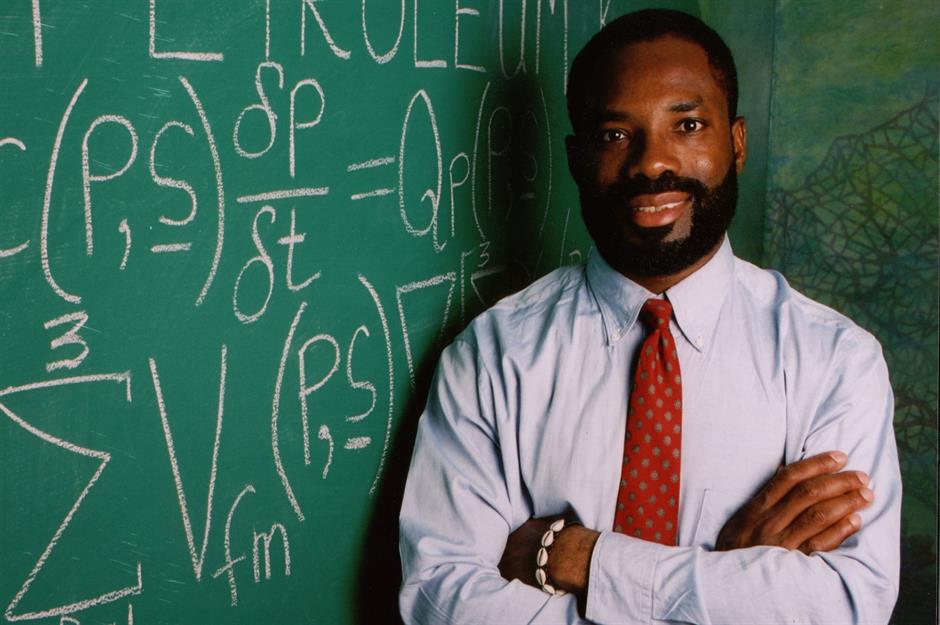
Middle Stone Age African people: bed, c. 198,000 BC
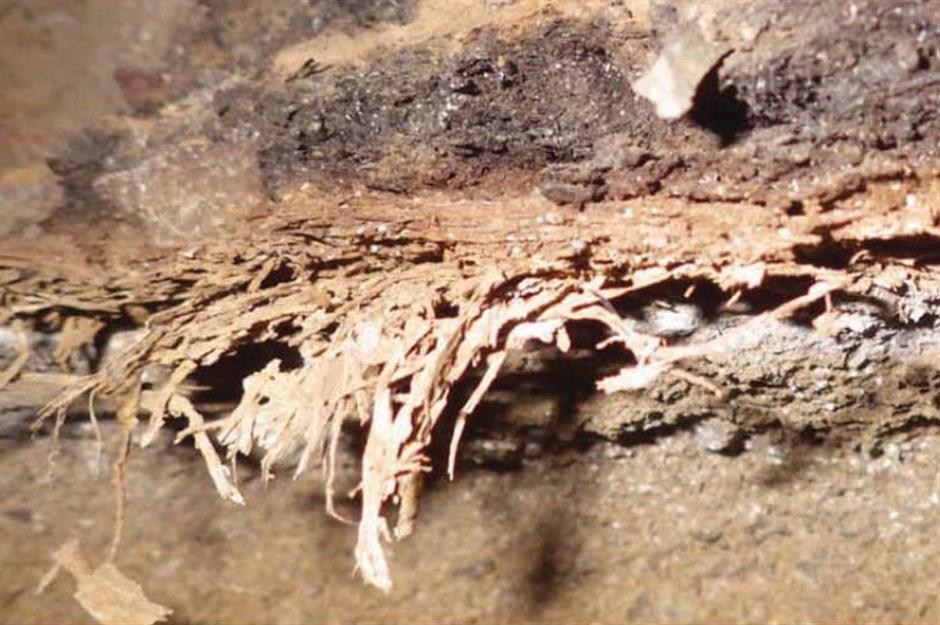
Africa is the cradle of humankind, so it stands to reason many of humanity's earliest innovations arose on the continent. For instance, the first proper beds date back a staggering 200,000 years. The grass sleeping mats were identified earlier this year by a team working at the Border Cave site in the Lebombo Mountains of South Africa. Adding to their sophistication, the beds incorporated ash and camphor leaves to repel mosquitoes and other biting insects.
Middle Stone Age African people: paint production and chemistry, c. 98,000 BC
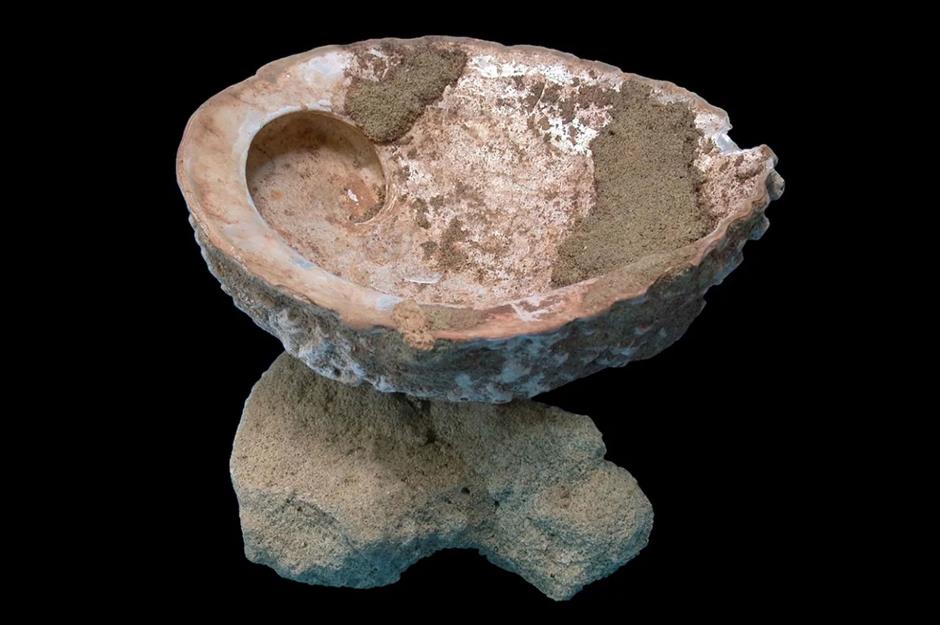
Middle Stone Age African people: harpoon, c. 88,000 BC
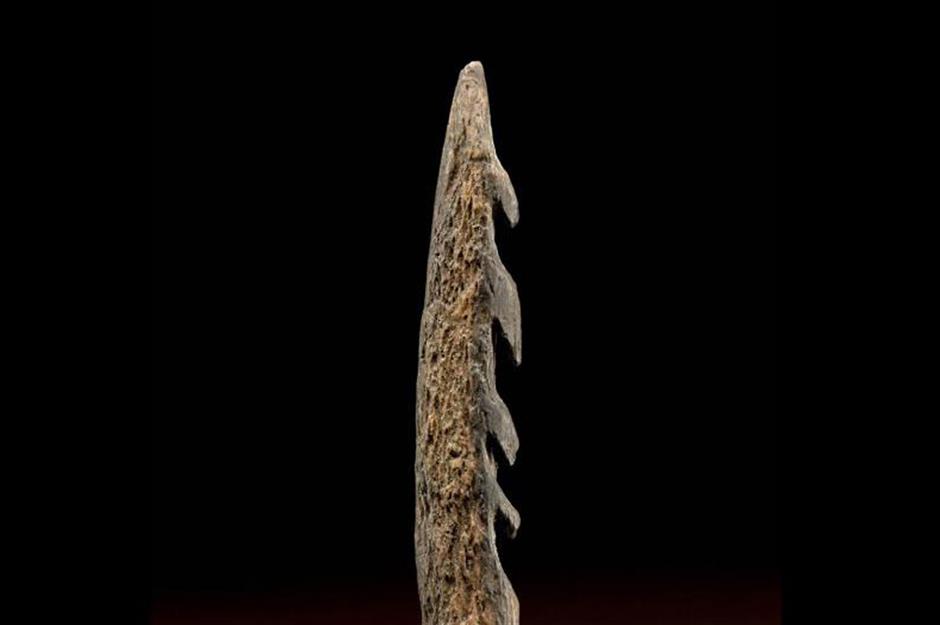
Middle Stone Age African people: jewellery, c. 73,000 BC
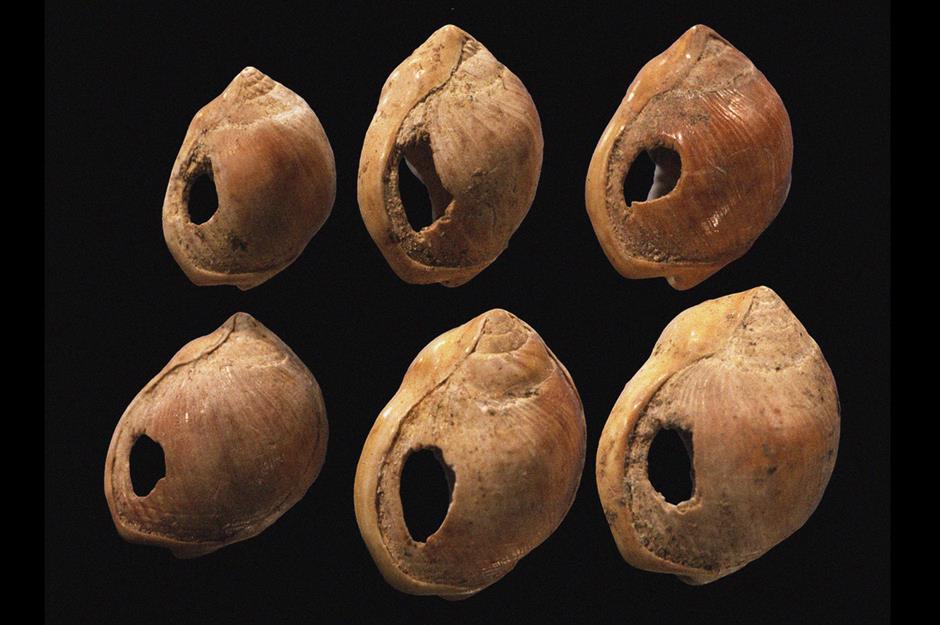
Middle Stone Age African people: abstract art and mathematics, c. 71,000 BC
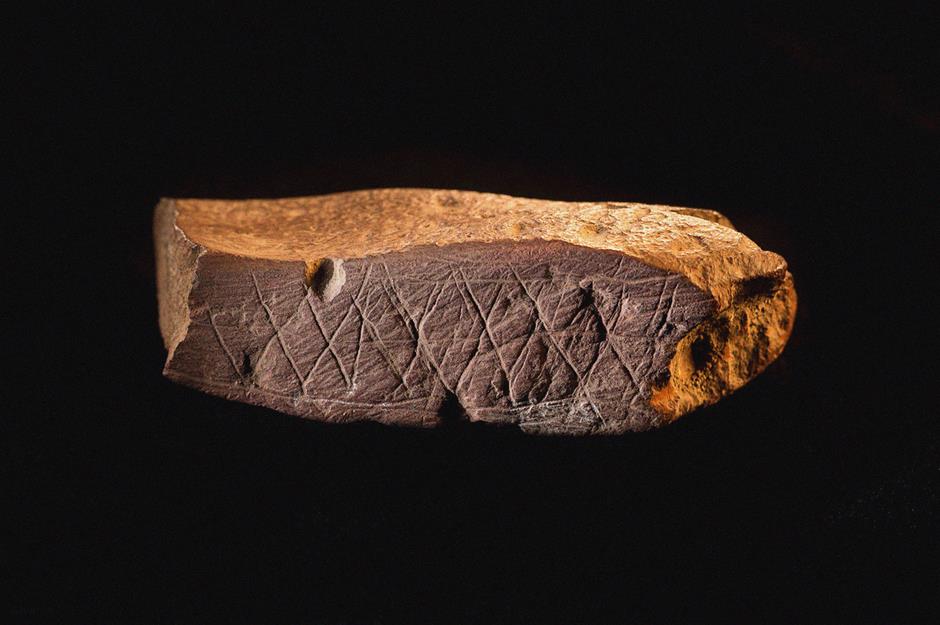
Staying with Blombos Cave, the earliest evidence of abstract art was discovered at the site in 2018. Estimated to be 73,000 years old, the cross-hatched geometric design in ochre predates the first known abstract drawings from Europe by about 30,000 years. The artwork also indicates the early modern humans that created it possessed a rudimentary knowledge of mathematics.
Middle Stone Age African people: root of all global languages, c. 68,000 BC – 48,000 BC

Every single one of the world's languages, which number in the thousands, owe their existence to an ancient tongue spoken in Africa 50,000 to 70,000 years ago, according to a study by linguists at New Zealand's University of Auckland. The comprehensive research was published in 2011 in the journal Science.
Middle Stone Age African people: sewing needle, c. 63,000 BC – 57,000 BC
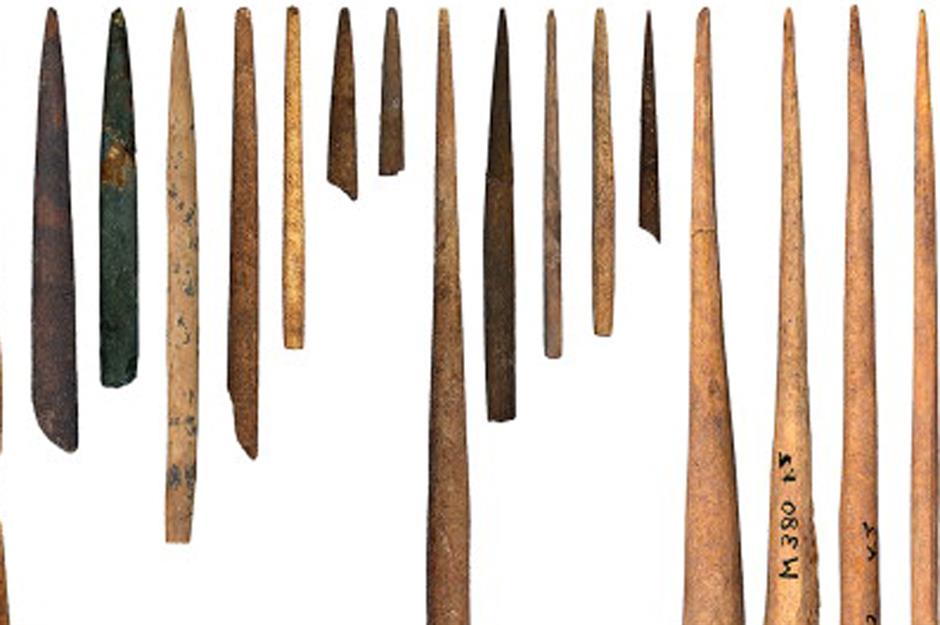
Middle Stone Age African people: arrowhead, c. 61,000 BC
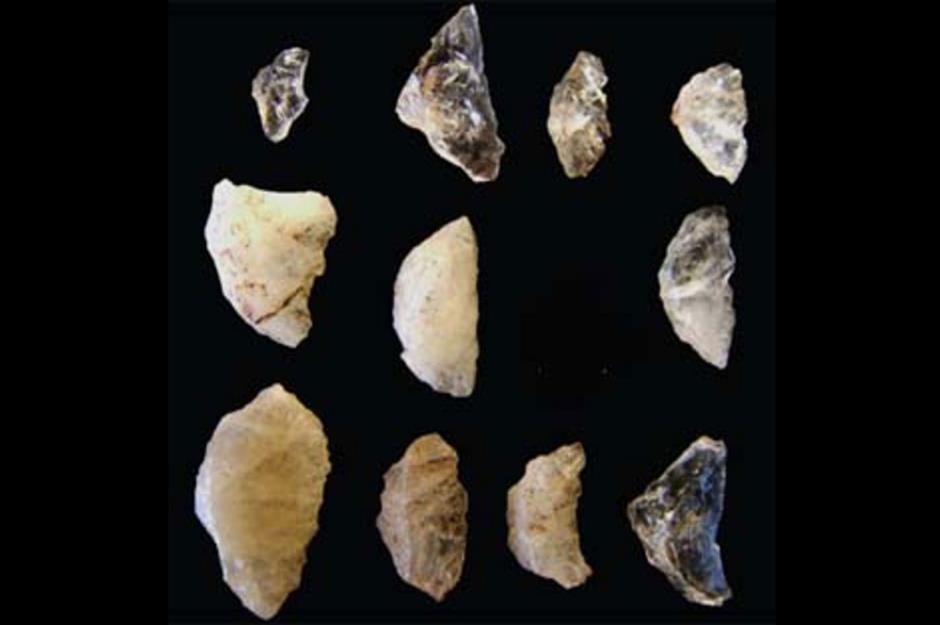
Middle Stone Age African people: tallying and calculation, c. 41,000 BC
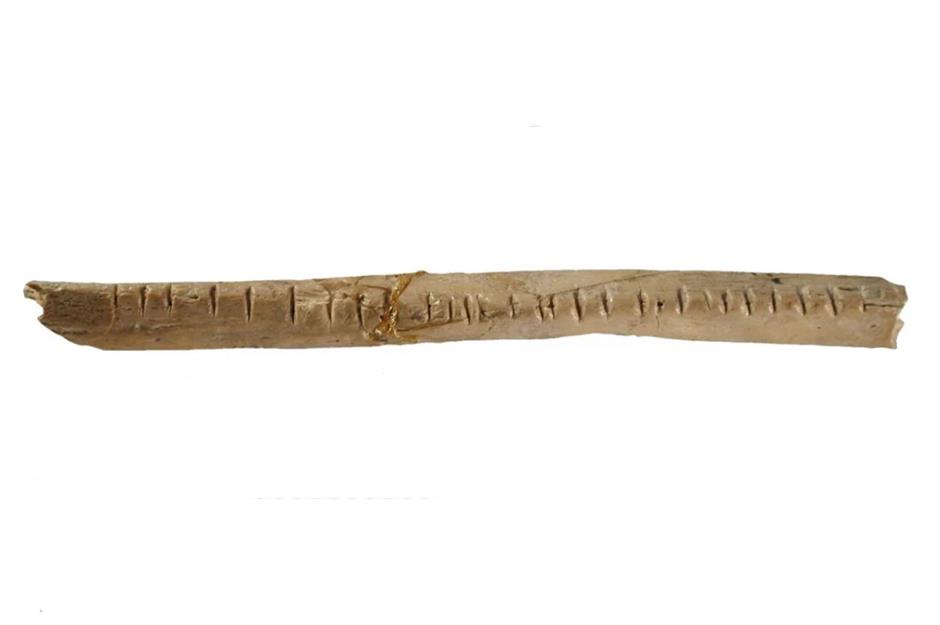
Middle Stone Age African people: mining, c. 40,000 BC

The Dogon people: Sirius B star, 3,200 BC
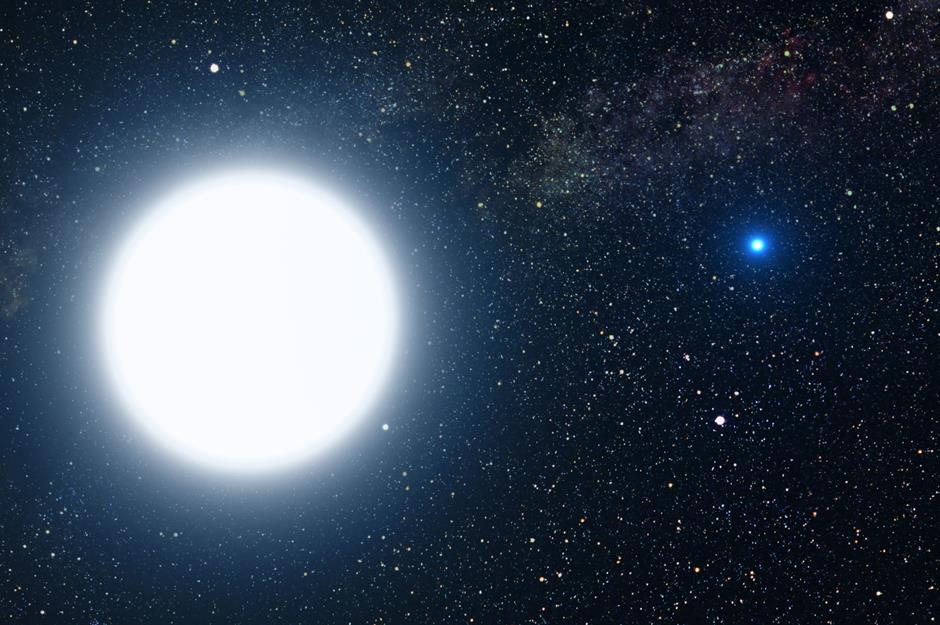
The Haya people: steel, 400 BC

The Nubian people: antibiotics, 350 AD
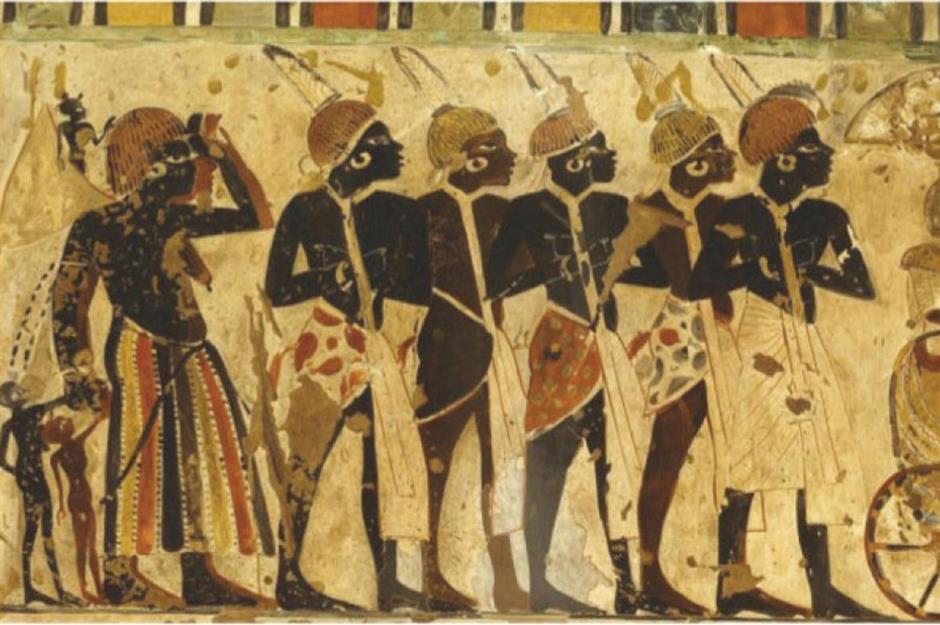
Most people these days associate the discovery of antibiotics with Alexander Fleming. The British physician and microbiologist first isolated penicillin in 1928, but the ancient Nubians indigenous to present-day southern Egypt and northern Sudan were concocting tetracycline brews to ward off disease 1,670 years ago.
The Edo people: public street lighting, 1400s or before
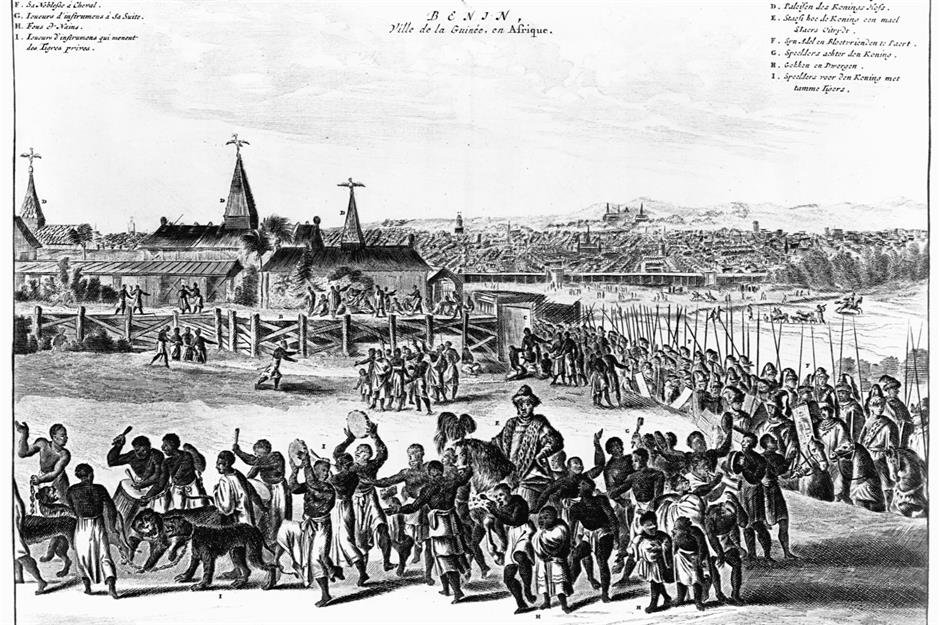
Back in the 15th century, Benin City in modern-day Nigeria was larger than Lisbon and many other European capitals, and boasted all sorts of wonders including walls that were four times longer than the Great Wall of China, meticulously planned thoroughfares and public street lighting. Powered by palm oil, the metal lamps likely predate what has long been cited as the first examples of public street lighting (as opposed to lamps outside homes, which date back to Roman times), which were installed in London in 1417.
Onesimus: inoculation, 1716
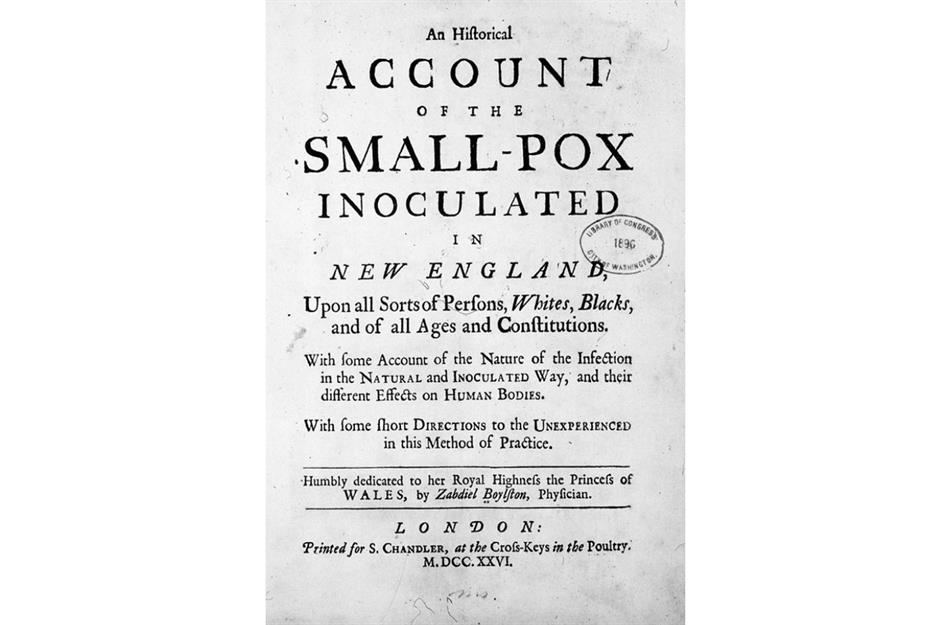
Sam and his father: cotton gin, 1793
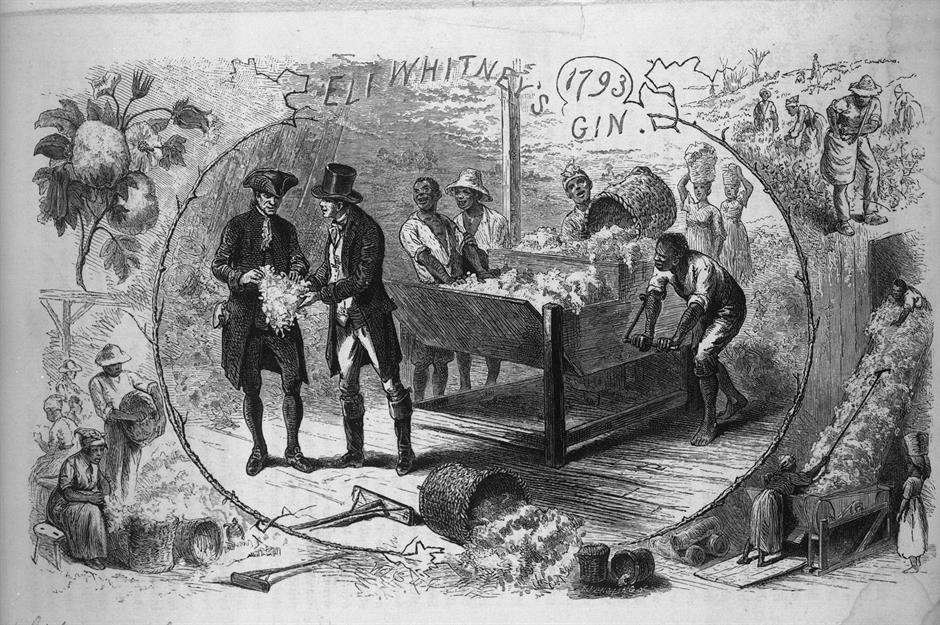
Thomas Jennings: dry cleaning, 1820
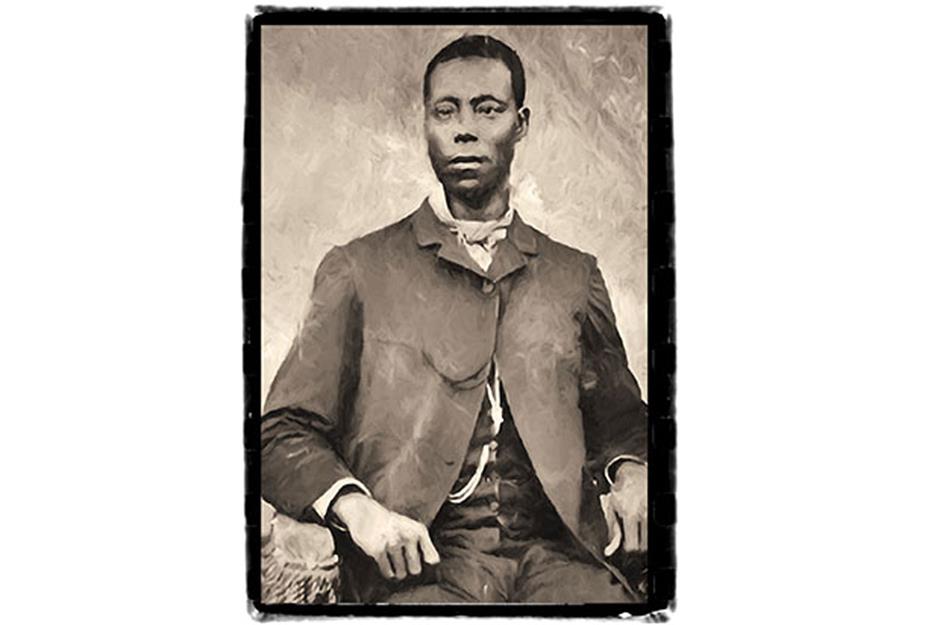
Jo Anderson: mechanical reaper, 1831
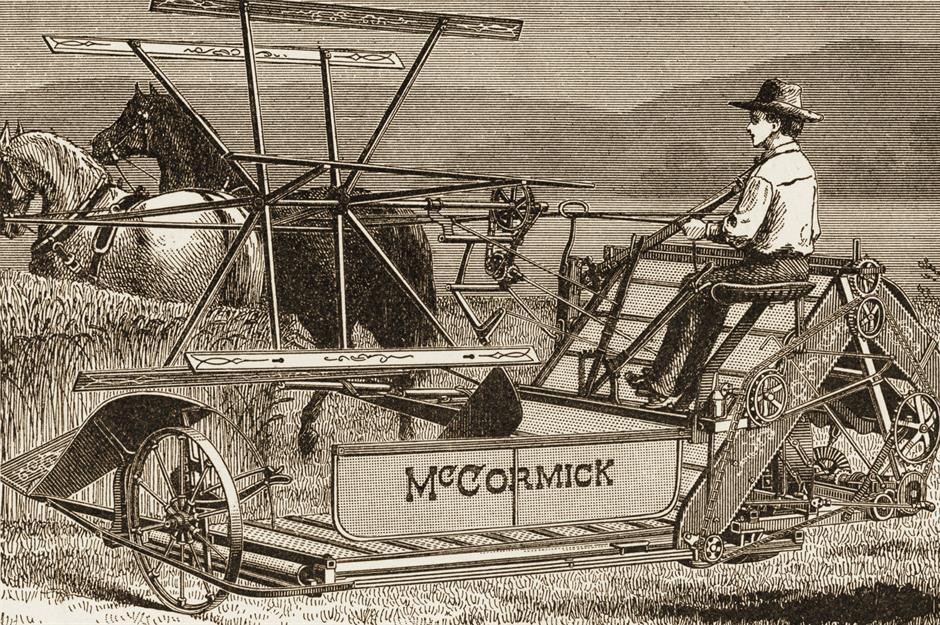
Similar to the cotton gin, the mechanical reaper transformed agriculture around the world. It is also credited to a White innovator, the businessperson Cyrus McCormick, but as is the case with the cotton gin the reaper was co-invented by an enslaved African-American, in this instance a man called Jo Anderson, who worked closely with McCormick on the 1831 innovation.
Benjamin Montgomery: improved steam propeller, 1850s
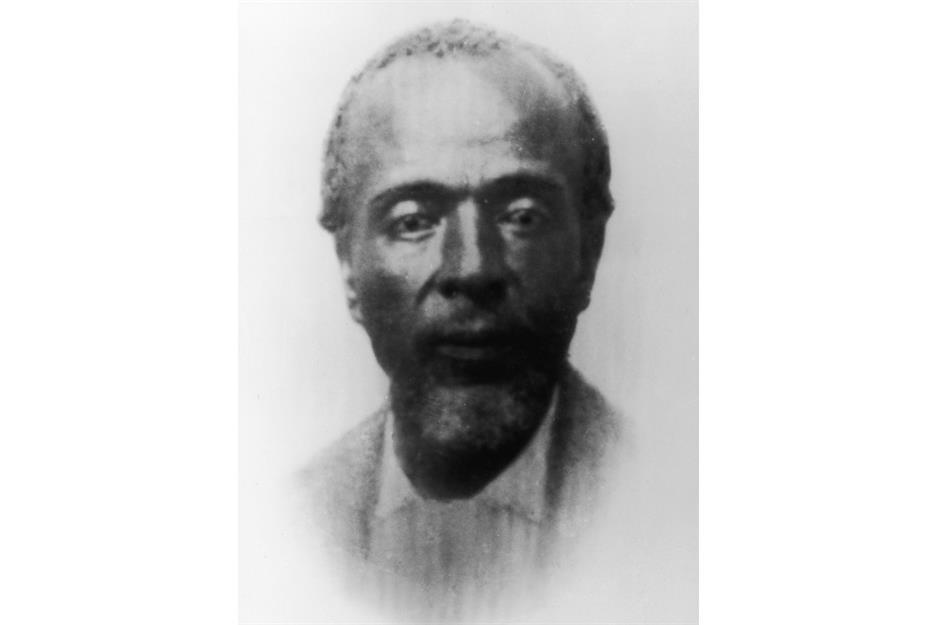
Born into slavery, Benjamin Montgomery invented a steam propeller in the 1850s that could operate effectively in shallow waters, but as an enslaved person he was cruelly denied a patent for his innovation. Montgomery did, however, become successful and influential. After his freedom was granted after the Civil War, the inventor ran a popular local store, which eventually gave him enough money to purchase the plantation he had worked on. Montgomery amassed further wealth and was the first African-American official elected in Mississippi.
Lewis Latimer: carbon light bulb filament, 1881
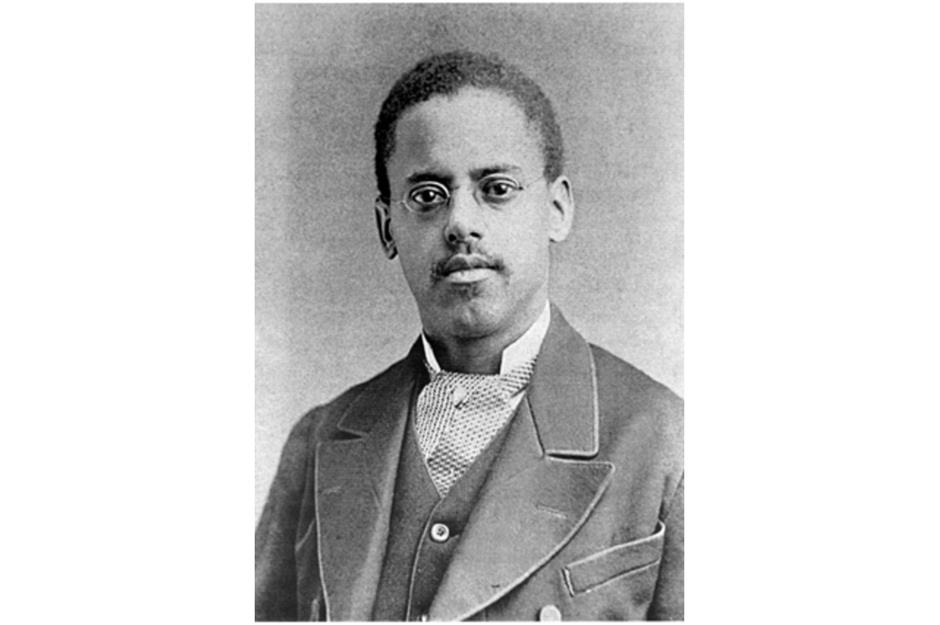
While the light bulb itself was invented by Thomas Edison, the carbon filament that allowed bulbs to last longer was created by African-American inventor Lewis Latimer in 1881 working alongside the more celebrated Edison. Prior to his invention, fast-burning materials such as bamboo had been used as a filament. After serving in the military during the Civil War, Latimer worked in a patent attorney office where he taught himself mechanical drawing by copying the draughtsmen there. His talent saw him promoted from office assistant to draughtsman, and as well as the bulb filament Latimer also invented an early air-conditioning unit and railroad car bathroom.
Sarah Goode: sofa bed precursor, 1883
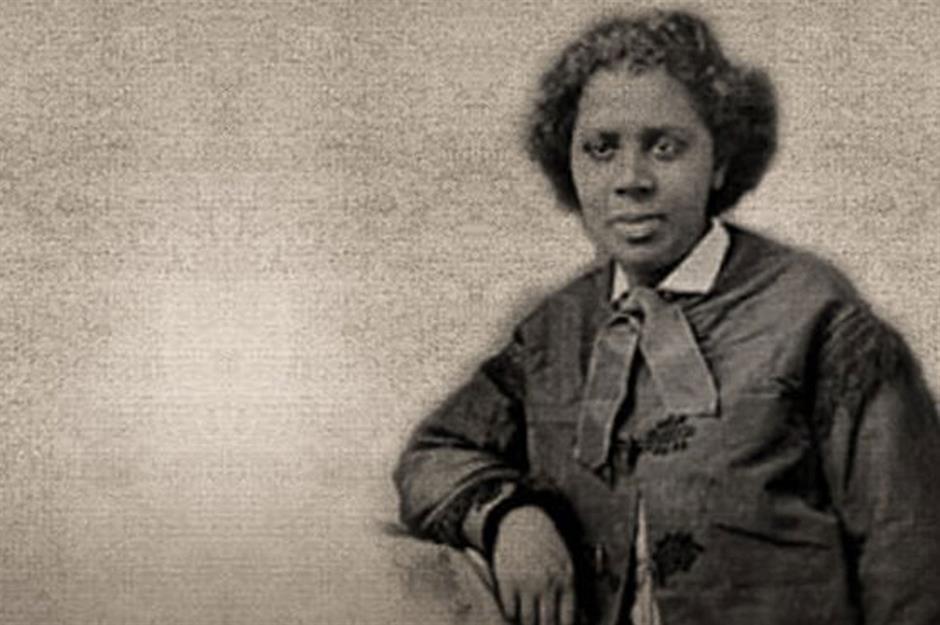
Garrett Morgan: gas mask, 1912
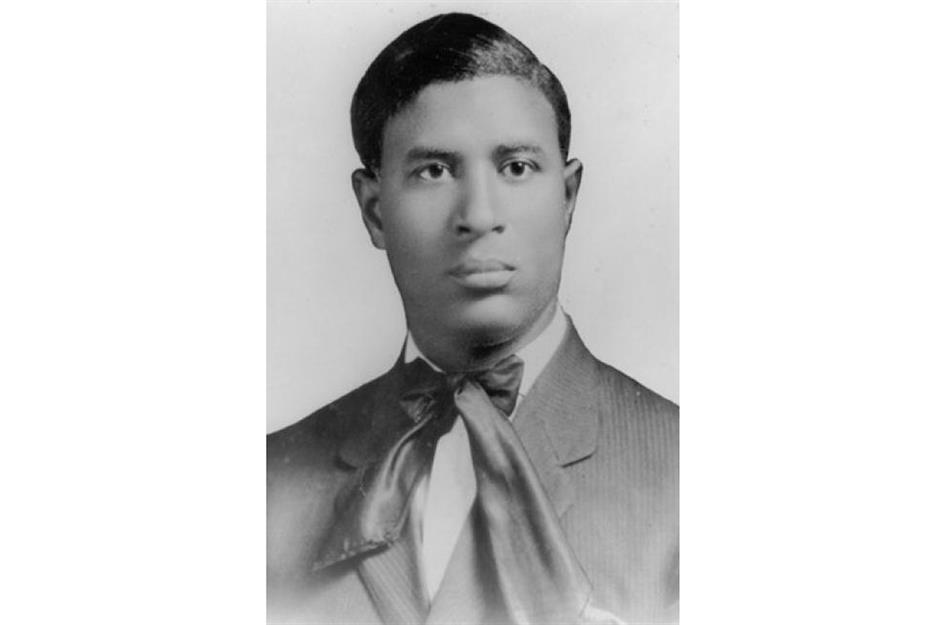
Alice Ball: first successful leprosy treatment, 1916
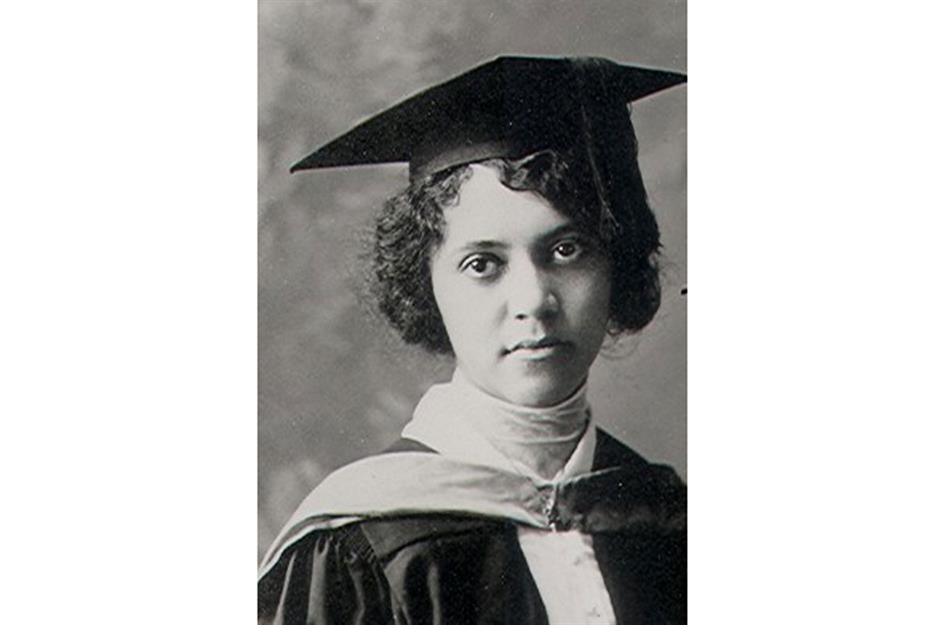
Dr Charles Drew: blood plasma preservation, 1938
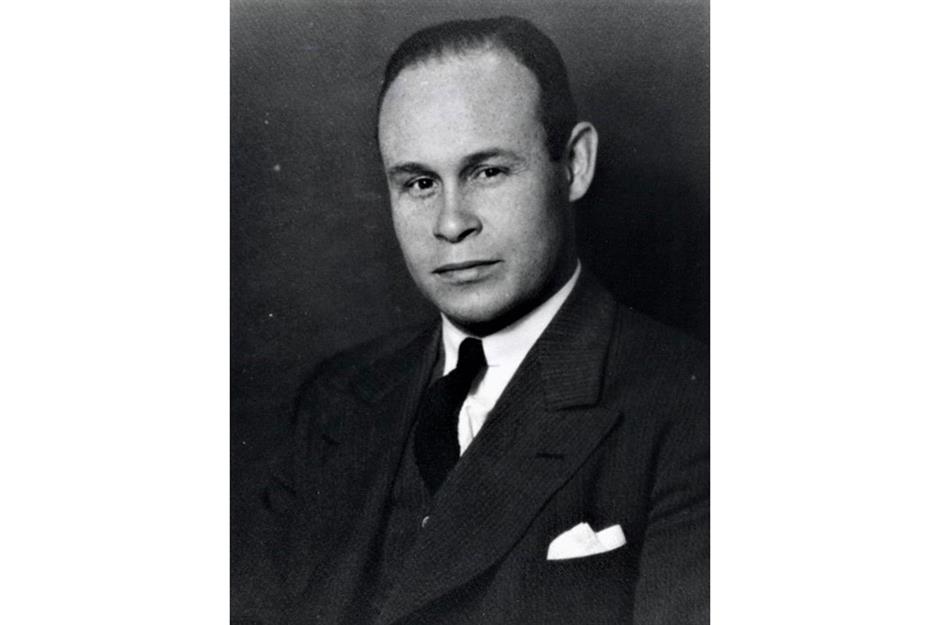
Frederick McKinley Jones: mobile refrigeration, 1938
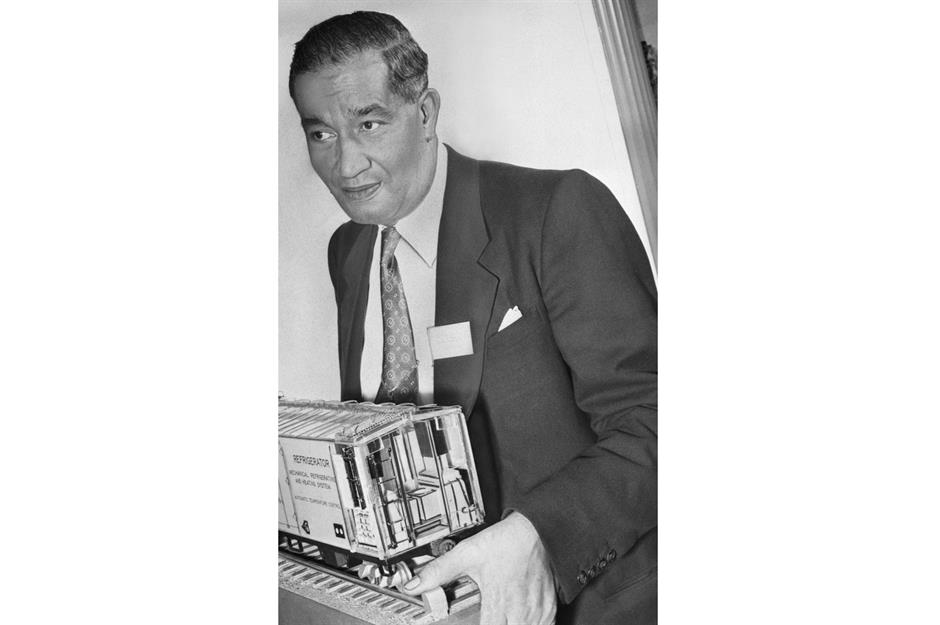
Also in 1938, Black innovator Frederick McKinley Jones invented mobile refrigeration, enabling perishable foods to be transported over long distances. Before Jones' invention, which consisted of a small compressor unit attached under the truck, salt and ice were used, an unreliable method that often led to spoiling. Jones soon co-founded the Thermo King Corporation, which produced the mobile refrigeration unit. The business went international, and when it was sold in 1997 it was achieving more than $1 billion in annual sales. Mostly self-taught due to his lack of formal education, Jones became the first African-American to be awarded the National Medal of Technology.
Mary Kenner: sanitary belt, 1956
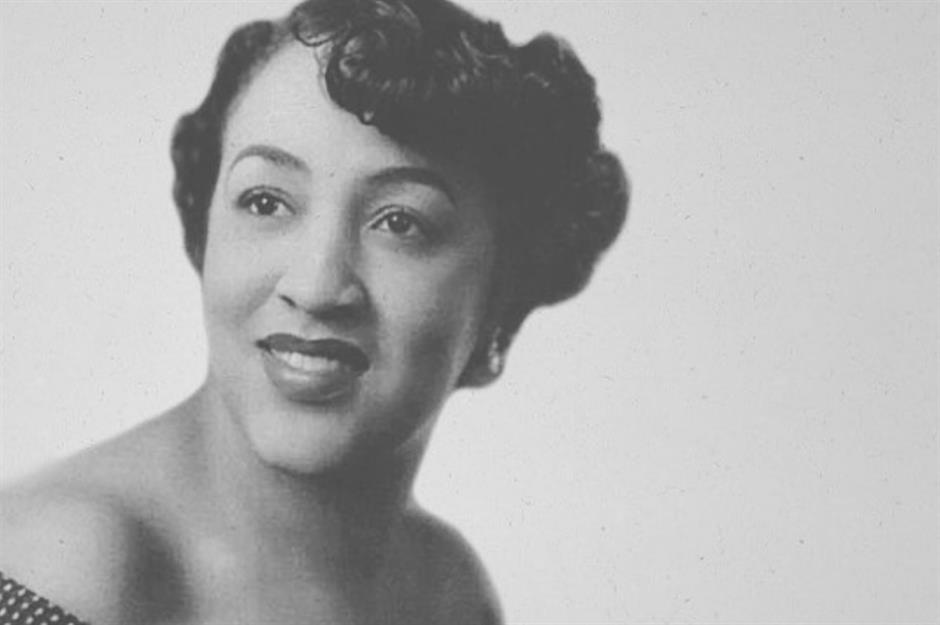
Otis Boykin: wire precision resistor, 1959
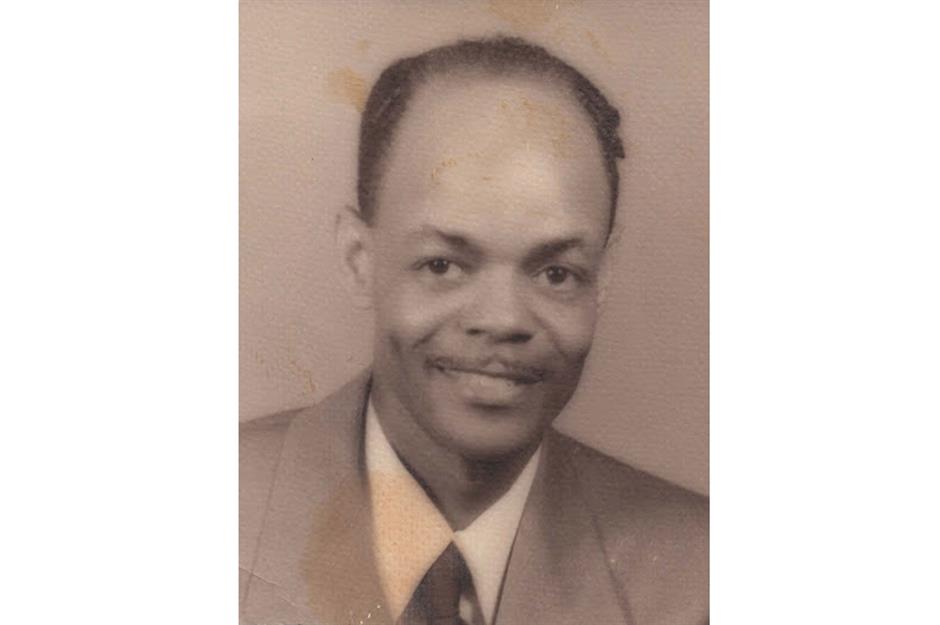
Marie Van Brittan Brown and Albert Brown: CCTV home security system, 1966
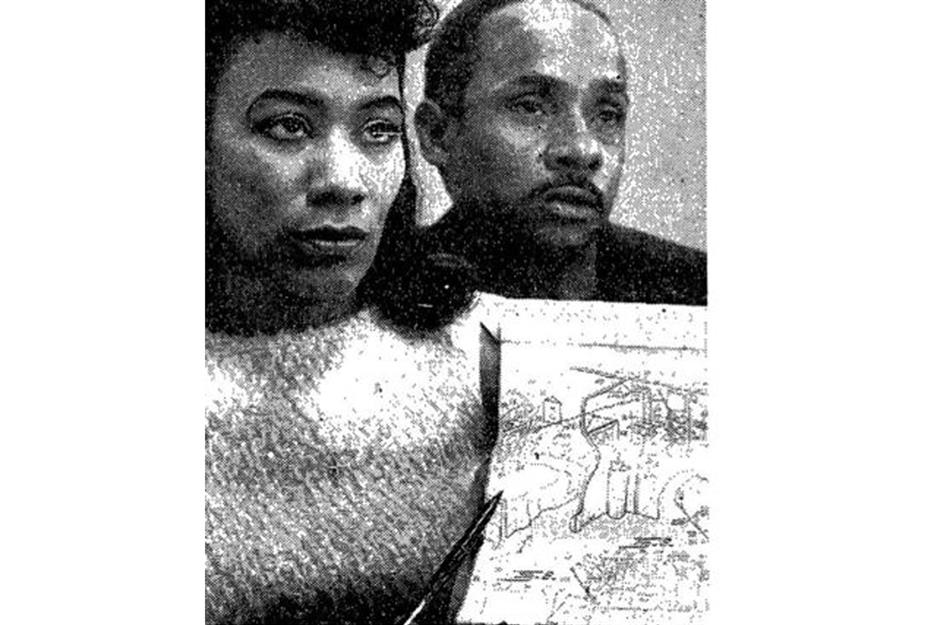
Valerie Thomas: 3D film, 3D TV and medical imaging precursor, 1976
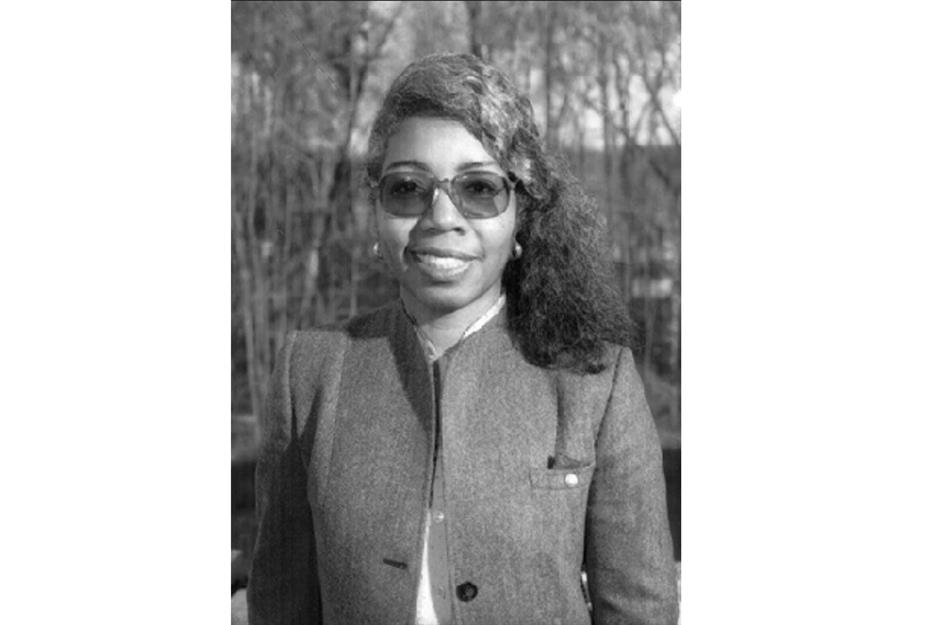
African-American physicist Valerie Thomas developed the 3D-Illusion transmitter in 1977 while working for NASA and patented the trailblazing device a year later. Thomas' innovation essentially made the invention of a long list of 3D technologies possible, including 3D film, 3D TV and modern medical imaging, and her transmitter is still used by NASA to this day.
Patricia Bath: laser cataract removal device, 1986

Harlem-born ophthalmologist Patricia Bath overcame prejudice to invent a laser cataract removal device called the Laserphaco Probe in 1986, and went on to patent it in 1988. Bath, who passed away last year, worked tirelessly to tackle vision loss in the Black community and also co-founded the American Institute for the Prevention of Blindness.
Philip Emeagwali: linked supercomputer system, 1989
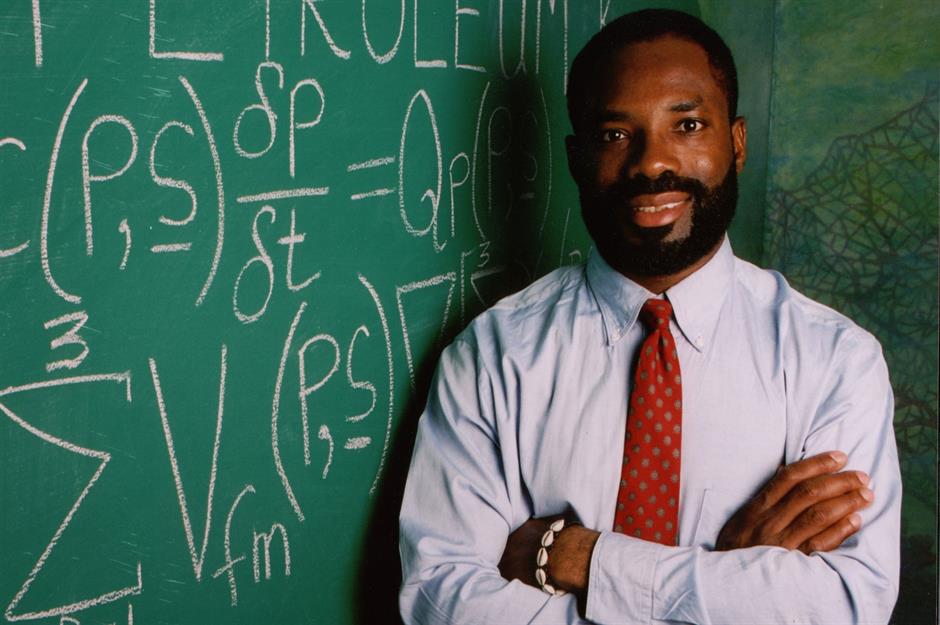
An ingenious invention that effectively made the internet and other modern IT technologies possible, the linked supercomputer system is the brainchild of Nigerian computer scientist Philip Emeagwali, who in 1989 came up with the idea of linking multiple microprocessors to turbo-charge computing power after observing bees in nature.
Now take a look at some amazing inventions dismissed as fads that wouldn't last
Comments
Be the first to comment
Do you want to comment on this article? You need to be signed in for this feature